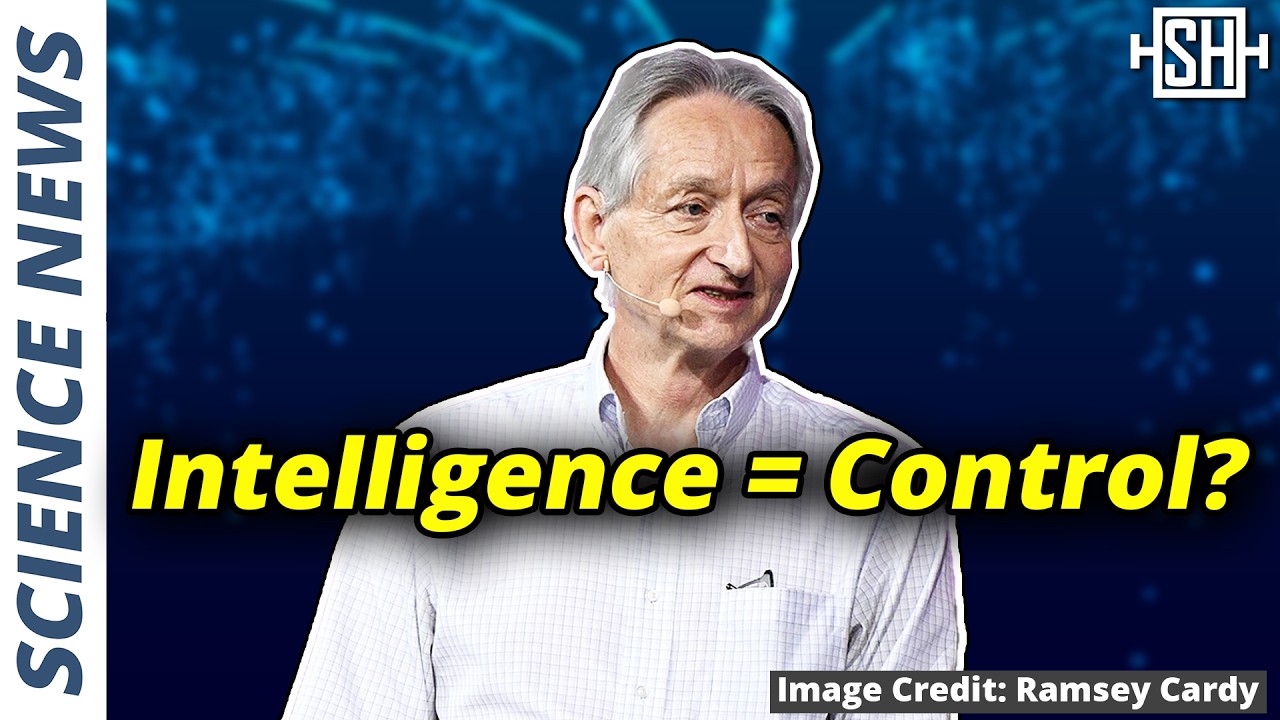Geoffrey Hinton expressed concerns about the potential loss of control over superintelligent AI in the future, emphasizing the risks associated with AI surpassing human intelligence. In contrast, Yann LeCun highlighted the importance of implementing constraints, known as guard rails, to guide AI behavior and ensure ethical boundaries are maintained, suggesting confidence in AI researchers’ ability to prevent AI from becoming uncontrollable.
In a recent interview, computer scientist Geoffrey Hinton expressed concerns about the potential loss of control over superintelligent AI in the future. He highlighted the growing intelligence of AI and questioned whether humans would be able to maintain control once AI surpasses human intelligence. Hinton emphasized the need to consider the risks associated with superintelligent AI and raised important questions about the ability to control entities of greater intelligence.
On the other hand, Meta’s AI Chief, Yann LeCun, disagreed with Hinton’s stance, stating that intelligence comes in various forms and does not necessarily imply a desire for domination over humans. LeCun emphasized the importance of implementing constraints, known as guard rails, to guide the behavior of AI and ensure it remains within ethical boundaries. He expressed confidence in AI researchers’ ability to design appropriate guard rails to prevent AI from getting out of control.
The debate between Hinton and LeCun revolves around the concept of control and the implications of intelligence on the relationship between humans and AI. Hinton suggested that competition for resources may become a crucial factor in determining the impact of superintelligent AI on humanity. He highlighted the distinction between the training code and the fully trained AI models, pointing out the potential for non-determinism to play a role in the behavior of AI systems.
Hinton raised concerns about AI systems evolving beyond the constraints set by their training models due to inherent non-deterministic factors in their development. He discussed the potential for AI to adapt and circumvent guard rails, posing a challenge to maintaining control over superintelligent AI. Hinton’s perspective underscored the complexity of ensuring the ethical and safe deployment of advanced AI technologies in the future.
In conclusion, the debate surrounding the control of superintelligent AI involves considerations of intelligence, competition for resources, and the role of non-deterministic factors in AI development. Both Hinton and LeCun offer valuable insights into the challenges and opportunities presented by advanced AI systems. The need to carefully design and implement guard rails to guide AI behavior while considering the potential for unpredictability in AI systems remains a critical aspect of the ongoing discourse on the future of artificial intelligence.
